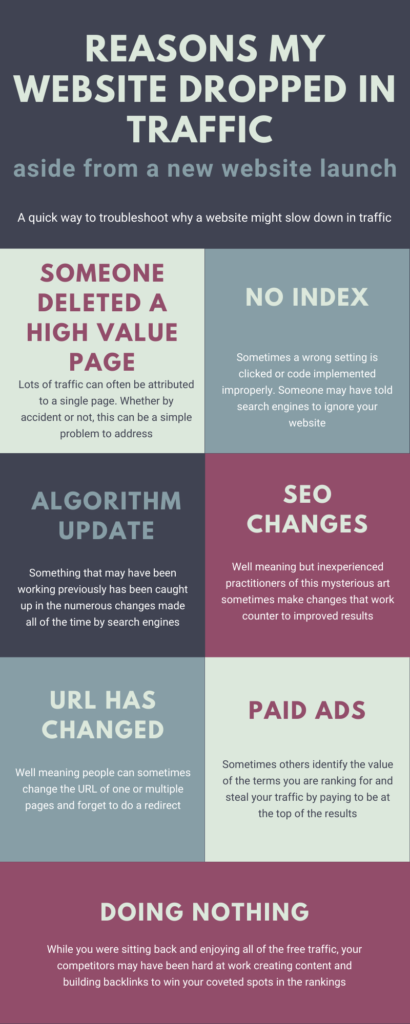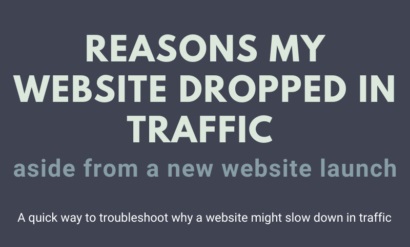Improve Ranking of Bubble Pages
How do I make them appear on the first page?
All of that trouble and to be so close. Such is the life of an affiliate marketer. When a page is close to driving traffic from achieving the top results of organic rankings, it can be frustrating when it is either at the bottom of page 1 or sitting on page 2. I call these bubble pages. You are just waiting for them to pop and be right there in the top 3.
On average, the lower you are from the top result for a particular keyword, the less click-through you get. That is, with all things being equal. Let’s discuss why you may not be ranking and what can be done about it.
The intent of your page does not match the SERP
Sometimes affiliates are so anxious to get their conversion page to rank, they miss a key element. It is easy enough to diagnose. If yours is a product page or service page, you need to take a look at the results in Google to determine if they are ranking any other similar pages.
- Informational
- Navigational
- Transactional
- Commercial Investigation
If you want to spend a few minutes getting a deeper understanding of these, here is a really solid breakdown of how to categorize search intent. But tin a nutshell, most affiliates think they can always get their landing page to rank not knowing if the search results have any purchase intent pages ranking.
Sometimes all of the work in six months cannot overcome the fact that your page will not rank because it does not match user intent. In this case it could be as simple as adjusting the intent of your page or creating a different post that is more likely to rank for that term and being sure to provide a link to your landing page.
You need more links to your page
While it is debatable in many online communities the overall necessity, you cannot discount the value of backlinks. Yes, some pages do rank without them, while some results are full of pages with backlinks. If you use a product like Ahrefs, you will easily be able to see the SERP and its accompanying metrics to conduct this kind of analysis.
While getting backlinks is an article unto itself, we are only trying to troubleshoot issues and provide possible solutions in this post. That being said, never neglect the easiest links of all. Internal linking is every bit as valuable as ones for other websites. So if you haven’t spent time on this task, it could be the easiest ten minutes you could spend.
The content could be the problem
Your competitors could just have better information and possibly more of it. Go back to the results and look at their pages. Are they in depth articles while yours has 200 words? A simple fix can sometimes be to rewrite your thin content.
On the flip side and going back to intent from our s above, perhaps your page is a dissertation while your competitors are ranking with a product page that gets right to the point.
Make it a stronger resource
In reviewing those competing pages, look them over carefully. Perhaps they provide a multitude of additional media or information that you are not.
Embedding relevant YouTube Videos (even if they are not yours) can help. Do you see other resouces such as a quick on page calculation tool or a quck way to request a PDF. Are there customer testimonials or 5 star ratings? Any way you can provide more helpful information is going to definitely be a way to enrich your page and make it stronger.
Make sure your website is legit
I am going to have to leave you with a bit of reading here. A lot of factors go into the algorithm. This includes human reviews of your pages. If your website does not meet certain criteria, Google may not see it as legitimate.
They have recently updated their Quality Rater Guidelines to include Experience. If you are doing SEO for your website and are unfamiliar with these guidelines, I would definitely take time to get a better understanding. In short, Google wants better quality in their results and this helps them to validate this.
My Website Traffic Dropped
When you launch a new website redesign launches, there can be all sorts of issues that occur for ranking and traffic. If thought through and well planned, these issues can usually be addressed ahead of time and perhaps even increase rankings when relaunched.
But sometimes your website can suddenly experience drops for no apparent reason. Here is listed a few common reasons for this. Download a PDF for Quick Reference.
Why Did My Website Drop in Rankings?
Someone Deleted a High Value Page
Lots of traffic can often be attributed to a single page. Whether by accident or not, this can be a simple problem to address. You can restore the page or if you decided the page was obsolete, at least redirect it to the new one that replaced it or to another similar page to retain backlinks from other websites that were directed at that page.
Pages or Whole Site was No Indexed
Sometimes a wrong setting is clicked or code implemented improperly. Someone may have actually told search engines to ignore your website and either one or all pages are gradually falling out of the search engines completely. Check your robots.txt file or run Screaming Frog to check individual pages.
You May Have Been Caught Up in an Algorithm Update
Something that may have been working previously has been caught up in the numerous changes made all of the time by search engines. It is important to try and keep up with trends and the easiest way to diagnose is compare traffic drop dates with known updates.
SEO Changes Were Made
Well meaning but inexperienced practitioners of this mysterious art sometimes make changes that work counter to desired improved results. Plainly speaking is mistakes can happen and it is a good idea to keep a log of changes made so you can track down what went wrong. Sometimes a website audit is need to figure it out.
URL Has Been Changed
People can sometimes change the URL of one or multiple pages and forget to do a redirect. Even by changing one letter in a URL means Google can no longer find the address of that page. In this case it believes the page is deleted even if it finds the exact same content on another page. Fix the page slug or redirect the URL.
Paid Ads Are Winning
Sometimes other digital marketers identify the value of the terms you are ranking for and take your traffic by paying to be at the top of the results. Best action in this case is to also run ads since they will always rank higher than organic results. But don’t abandon the SEO value of that page as SEO will still drive quality traffic.
You Got Hit with a Manual Penalty
Google sometimes will see optimization practices that are clearly spamming tactics or outright go against their rules. You can do whatever you want with your website but Google does not have to allow you to rank in the search engines. Because of this they may artificially reduce your rankings or remove you from the index altogether. You can check Search Console for any penalties and easily check Google to see if your website has been removed.
If you want to be restored, you will need to address whatever the issue may be.
You Did Nothing
While you were sitting back and enjoying all of the free traffic, your competitors may have been hard at work creating content and building backlinks to win your coveted spots in the rankings. It may just be that you slipped in rankings and now you need to work at winning back those top spots.

